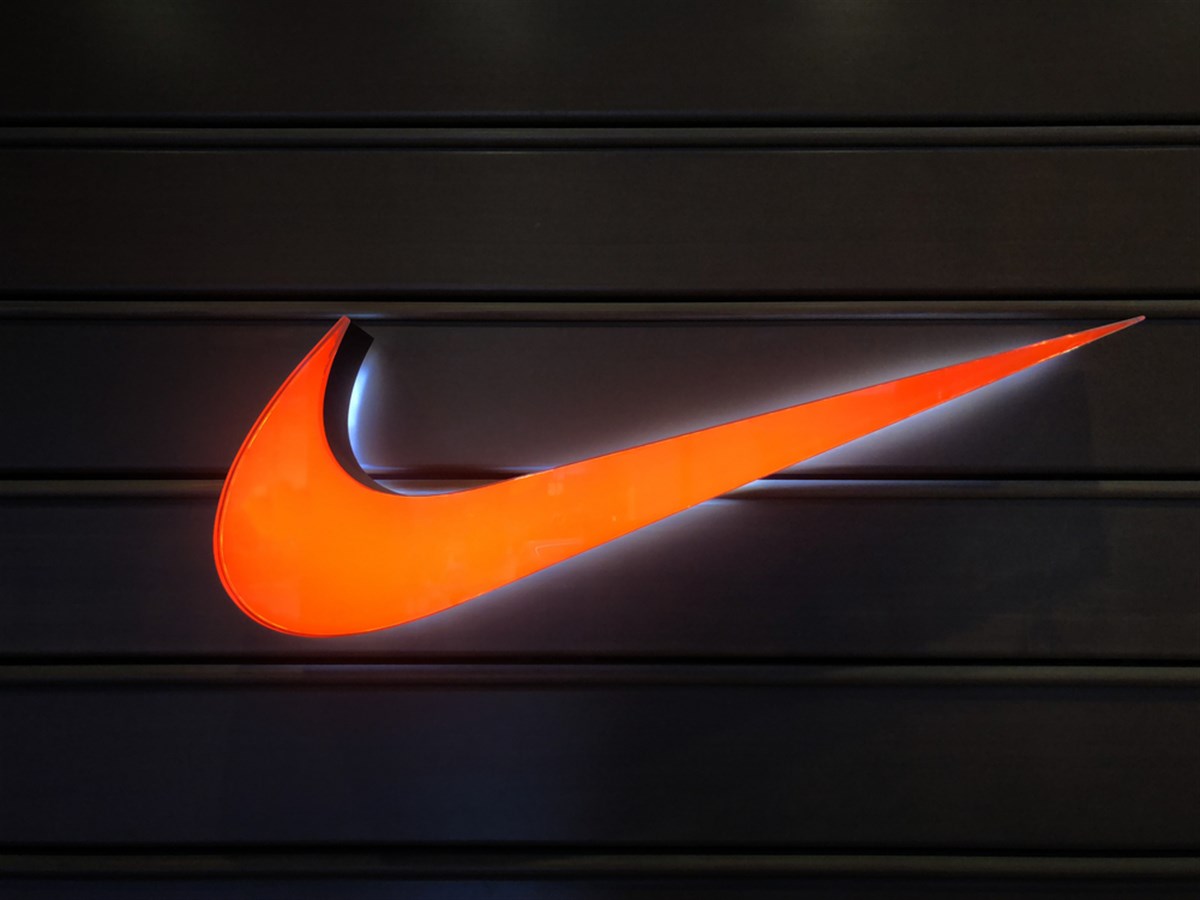
Nike (NYSE: NKE) and Tiger Woods have officially parted ways following a 27-year journey together. This news has sent ripples through the athletic apparel, footwear, and broader retail industries. This monumental partnership, one of the most iconic in sporting history, saw Nike leverage Woods’ unparalleled star power to solidify its dominance in golf wear. At the same time, Woods secured lucrative endorsements and global recognition. However, with the curtain drawn on this era, both parties stand at a crossroads, leaving investors to ponder the potential implications for Nike’s trajectory.
Cautious uptick followed by a wait-and-see approach
Following Nike’s news of the decoupling from Tiger Woods, Nike’s stock experienced a modest uptick, increasing by a few percentage points yesterday. This initial movement reflected potential investor optimism, perhaps interpreting the move as a strategic shift or a cost-saving measure.
Today, Nike’s stock price has retreated slightly, demonstrating a wait-and-see approach from investors. This reflects an acknowledgment of the potential risks and uncertainties surrounding the long-term impact of losing Woods’ endorsement, particularly in the context of a potentially declining golf market.
Nike analysts remain divided on the future trajectory of Nike’s stock. Some believe the initial increase might signal a positive outlook, citing Nike’s diversified portfolio and ability to adapt to market changes. Others caution against unfounded optimism, emphasizing the need to monitor how Nike replaces Woods’ influence and navigates the evolving landscape of golf sponsorships.
Nike’s post-Tiger strategy
The parting of ways with Tiger Woods marks a pivotal moment for Nike, demanding a reassessment of its golf strategy and brand positioning. While the iconic red Sunday shirt may fade from the fairway, Nike’s dominance in the broader athletic apparel and footwear landscape offers a sturdy foundation for navigating this shift.
One notable factor shaping Nike’s future path is its recent exit from the golf equipment market. This strategic move, aimed at streamlining operations and focusing on core competencies, indicates a potential shift towards apparel-centric advertising and marketing campaigns. Without Tiger’s equipment endorsement, Nike can concentrate on showcasing its innovative apparel and footwear technologies designed to enhance golfers’ performance and style.
However, the void left by Tiger’s departure also presents an opportunity for Nike to leverage its existing strengths. As an athletic apparel and footwear leader, the brand boasts a diverse athlete portfolio. From superstars like Michael Jordan and LeBron James to rising stars in various sports, Nike can amplify their endorsements and partnerships, diversifying its brand exposure and ensuring its message resonates beyond the golf course.
Furthermore, Nike’s established partnerships with other golf athletes like Rory McIlroy and Brooks Koepka offer valuable continuity and expertise. These players, strategic collaborations with golf leagues and tournament sponsorships can help maintain Nike’s visibility and influence within the sport.
CEO John Donahoe’s recent statement that “athletes remain at the heart of everything we do” further underscores Nike’s commitment to diversifying its athlete portfolio and leveraging their influence. He emphasized the importance of “inspiring the next generation of athletes” and “driving innovation across all sports,” suggesting a future where Nike’s golf strategy integrates seamlessly with its broader brand vision.
Risks and rewards for Nike investors
On the risk front, several factors demand investor vigilance. Increased competition from brands like Adidas (OTCMKTS: ADDYY) and Under Armour (NYSE: UAA) could erode market share and profitability, particularly in the golf segment. Economic downturns can dampen spending and impact consumer discretionary purchases like athletic apparel. Additionally, evolving consumer preferences towards athleisure or other sports could further challenge Nike’s core market.
Despite these threats, Nike’s robust brand portfolio, encompassing diverse athletes and sports beyond golf, offers a solid buffer against potential market fluctuations within any single segment. The company’s unwavering focus on innovation and technology, evident in its cutting-edge materials and performance-enhancing designs, continues to drive product differentiation and consumer appeal. Furthermore, Nike’s proven track record of adapting to changing market trends, exemplified by its expansion into athleisure and digital fitness platforms, suggests a flexible and responsive approach to evolving consumer demands.
While Tiger Woods’ exit undoubtedly leaves a significant mark, Nike’s future appears far from uncertain. By capitalizing on its apparel and footwear dominance, diversifying its athlete endorsements, and adapting its marketing strategies, Nike can chart a new course on the green, carving a successful path that transcends the absence of the iconic red Sunday shirt. The coming years will unveil how effectively Nike executes this strategic pivot, demonstrating whether it can maintain its golfing legacy while solidifying its position as a global leader in athletic apparel and footwear.

